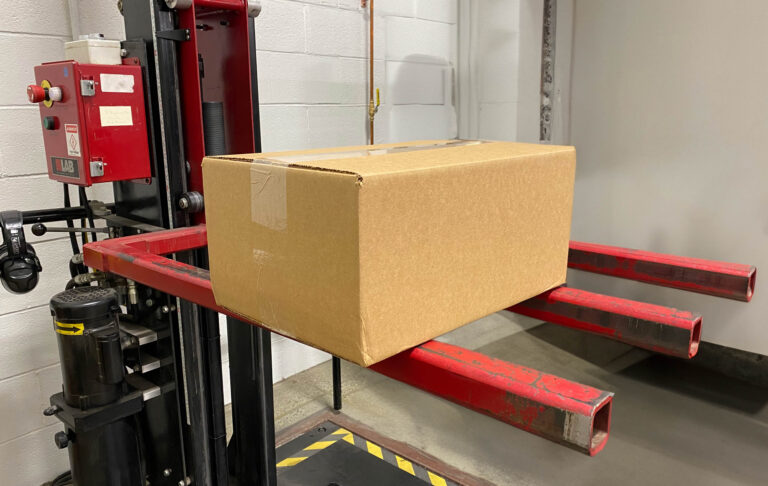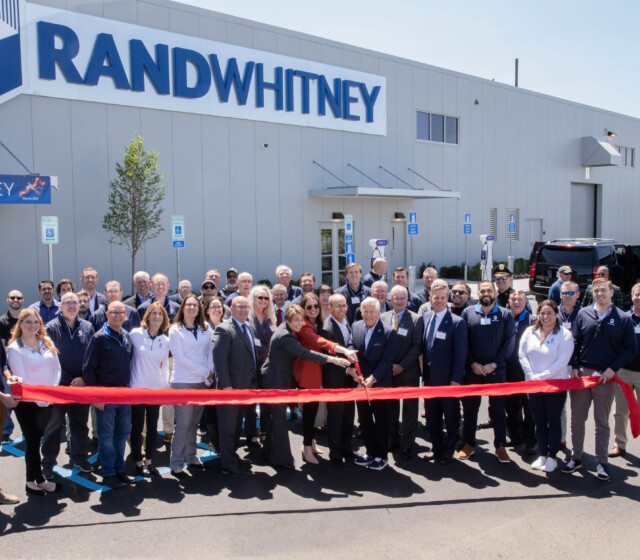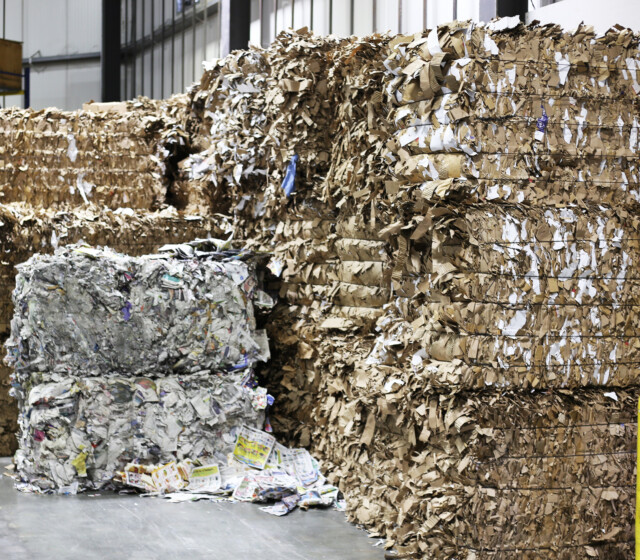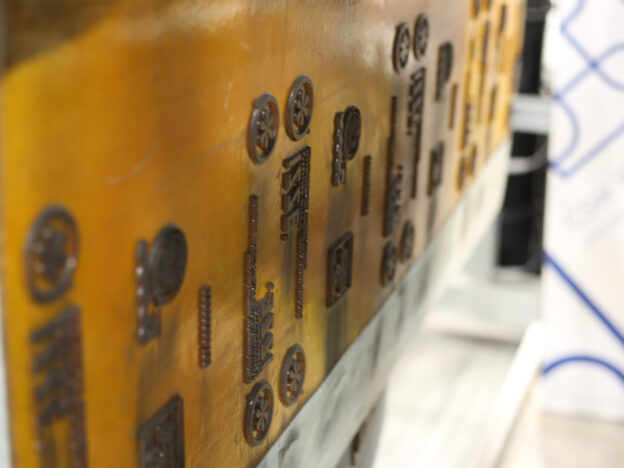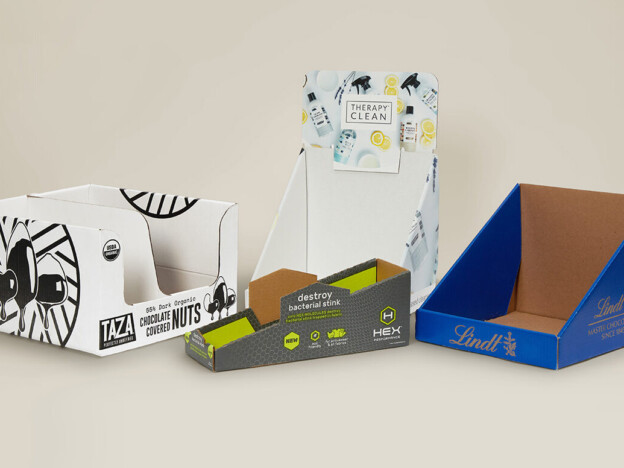The Hidden Costs of Damaged Product
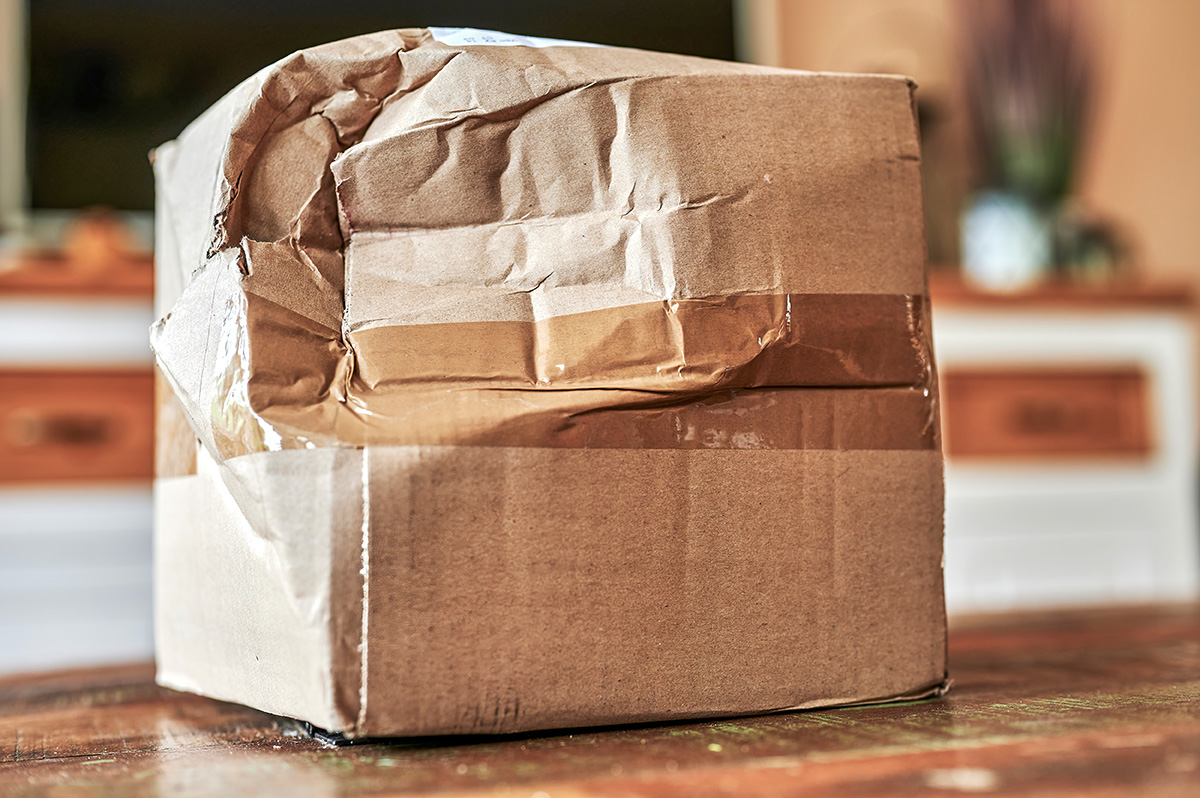
One universal truth for brands across the world is that the importance of delivering products in pristine condition cannot be overstated. Whether you exist in an ecommerce or retail space the goal is to present your product perfectly. However, despite best efforts and intentions, damaged products are an inevitability. The cost to produce a replacement is the most obvious cost but it is far from the only one. The packaging you choose has a large effect on your exposure to these costs. Let’s explore these costs and how our packaging team can help you mitigate them.
Direct Financial Loss
The most obvious cost of damaged products is the direct financial loss incurred by the company. This loss encompasses not only the cost of the damaged product itself but also the associated expenses such as manufacturing, packaging, and transportation costs of its replacement or refund.

Reputational Damage
Beyond the immediate financial impact, damaged products can also tarnish a company’s reputation. Customers who receive damaged items will begin to lose trust in the brand, leading to negative reviews, decreased customer loyalty, and ultimately, reduced sales. Preserving customer lifetime value is integral to success since gaining new customers is much more costly than maintaining your current customer base. The cost to obtain new customers will also increase if your reputation is damaged. This is a hidden cost that won’t be fully realized for years.
Customer Service Costs
The labor hours spent needing to address quality complaints is something that won’t pop up on any sales report. Customer service representatives need to spend their time supporting existing customers, which does include quality complaints, however, the more time spent on returns and refunds is less time being spent on processing additional orders and sales.
Inventory Management Challenges
Anytime a product is damaged and needs to be returned a company needs to reprocess it. This wastes valuable inventory space and time spent determining what went wrong and whether there’s a way to salvage the product.
Supply Chain Disruptions
Whether you are a B2B or B2C business, customers rely on your product and disruptions to its delivery can impact their supply chain. For B2C, this can mean empty shelf space leading to decreased sales and suboptimal shopping experience. For B2B, production lines can be halted due to missing or damaged pieces. This leads to soured relationships.
How Can We Help?
After going through all the ways that damaged products can negatively impact your business, let’s look at some ways that Rand-Whitney can positively impact it. Custom corrugated and protective packaging is a key piece in maintaining your brands reputations as a consistent quality supplier. How? Packaging is the first line of defense against breakage. In today’s day and age, products are traveling further than ever to reach the consumer, this increases the opportunity for damage. We employ a multi stage effort to ensure that we get your packaging right and protect your product from unforeseen accidents.
Step 1: Packaging Audit
A team of packaging professionals including sales representatives, packaging engineers and designers will look at how your business actually uses its packaging. This includes how it moves through your facilities, how it is stored, and how it is shipped. Then we collect samples of all of your packaging.
Step 2: Design
Our team of structural designers takes the information gained from the audit and uses it to create custom packaging that fits your needs. Using knowledge accumulated through years of experience and training, our team strikes a balance between protection, usability, and presentation to give you a solution that exceeds your expectations.
Step 3: Testing
The final step is testing the designs to make sure they work in the real world. We have an ISTA certified testing lab that uses a variety of machines that test packaging to see how they hold up to the rigors of storage and shipment. They do this by simulating the vibrations felt on the road, the compression due to stacking during storage, and the shock that can be felt when dropped by an employee or customer.
